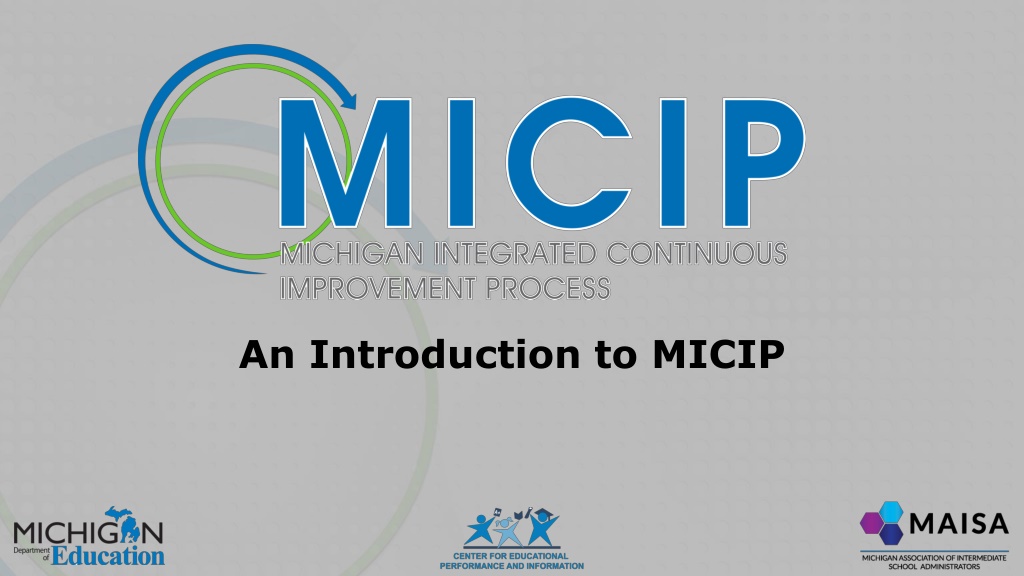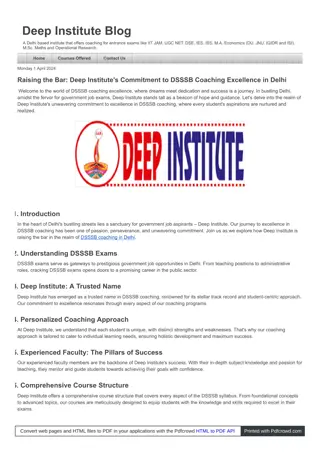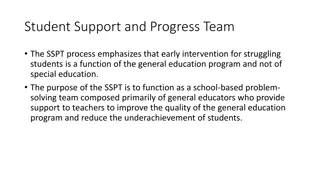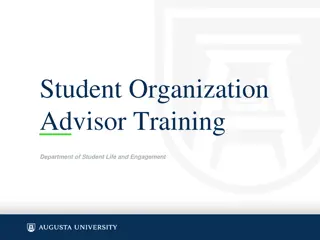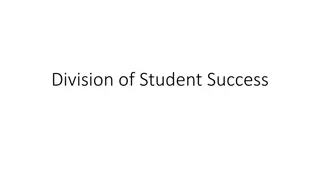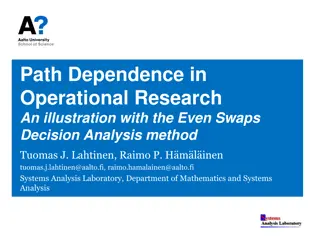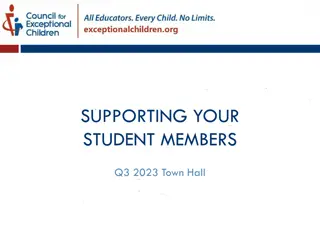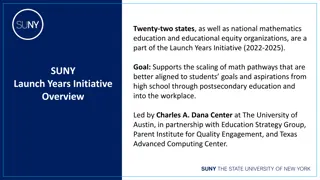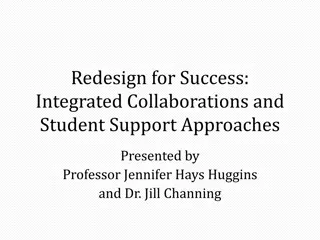Understanding MICIP: A Path to Student Success
Explore the Michigan Integrated Continuous Improvement Process (MICIP) designed to enhance student outcomes by addressing whole child needs, aligning funds, fostering equity, and promoting continuous improvement through a systematic approach. MICIP emphasizes stakeholder voices, data-driven decision-making, and a holistic view of student well-being.
Download Presentation

Please find below an Image/Link to download the presentation.
The content on the website is provided AS IS for your information and personal use only. It may not be sold, licensed, or shared on other websites without obtaining consent from the author. Download presentation by click this link. If you encounter any issues during the download, it is possible that the publisher has removed the file from their server.
E N D
Presentation Transcript
The Core of MICIP- A Shift In Thinking The Michigan Integrated Continuous Improvement Process (MICIP) is a pathway for districts to improve student outcomes by assessing whole child needs to develop plans and coordinate funds. Begin with identifying available funds, then develop a plan to utilize those funds and match them to student needs.
Why MICIP? An ongoing process focused on real work Flexibility Integrated components, processes and technology Assets and needs An equity lens Whole Child thinking Systems thinking Support actions leading to student success and overall well-being Streamlined data, resources and tools Compliance as a result, not a driver
MICIP Mindset A critical role of each piece of the mindset is to suggest whose voices need to be part of the conversation and which data needs to be considered. Whole Child Systems Thinking Continuous Improvement Equity Equity Equity Equity Opportunities, Environments, and Supports
MICIP Mindset A critical role of each piece of the mindset is to suggest whose voices need to be part of the conversation and which data needs to be considered. Whole Child Systems Thinking Continuous Improvement Equity Equity Equity Equity Opportunities, Environments, and Supports
The Assess Needs Process Identify Area(s) of Inquiry What are you looking at? What will you explore? How will you explore it? Data Discovery What do you see? What does the data say? Initial Initiative Inventory What are you currently doing to address your data? Gap Analysis How well is that working? How far are you from where you need to be? Data Story Summary What do you know? Conduct Root Cause Analysis Why are things the way they are? Identify Challenge Where is there an opportunity to grow?
The Planning Process Write Measurable Goal(s) What will you achieve? Set Interim and End Targets How will you know? Select Strategies from the Strategy Bank How will you get there? What is the right thing to do? Identify readiness using the hexagon tool Can you implement the strategy in the right way? Where do you start? Choose activities How will you implement, monitor and evaluate the strategy? How will you pay for the strategy/activities? Braid and blend funding Identify communication plan How will you communicate the plan to stakeholders?
The Implementation Process Are all stakeholders aware of their roles when implementing the plan? Implement strategies and activities according to plan Monitor progress with Fidelity What progress are you making on implementing the selected strategy/activities as intended? Monitor progress on Scale & Reach What progress are you making on reaching the intended populations and on stages of implementation? What progress are you making on supporting those who are implementing the plan with sufficient resources? Monitor Capacity What progress are you making on the interim and end targets? Monitor Impact What evidence are you collecting to support progress on strategies and activities? Evidence Support What adjustments do you need to make based on your evidence? Adjust
Web-Based Application Facilitate Conversations Record Thinking
MICIP is focused at the district level. While MICIP is coordinated at the district level by the district continuous improvement team, it is also appropriate for schools to have teams to monitor the implementation and impact of their plans. While it is primarily the role of the school to implement continuous learning cycles at the instructional level, it is primarily the role of the district to support that instruction at the systems level.
The Continuous Improvement Team Does the team represent the following key stakeholders' perspectives? at least one key leader with the ability and authority to make executive-level decisions central office personnel building leadership instructional staff, including those from various grade levels/content areas and from both general and special education non-instructional staff various student subgroup populations various systems (curriculum/instruction/assessment, data, technology, finance, student support, human resources, transportation, facilities management, food service, etc.), educational and health components of the Whole Child (physical, social and emotional health, nutrition, etc.), board member(s) parent, community and, where appropriate, student representatives.
Benefits of MICIP Consolidates the comprehensive needs assessment process Builds the consolidated application Prepopulates data Embeds program evaluation Integrates tools and resources Reduces duplication of effort Uses a single sign-on Meets state and federal compliance requirements Promotes efficient use of funds
For More Information Website: www.michigan.gov/mde-micip MDE - Professional Learning (michigan.gov) MDE - MICIP Continuous Communication (michigan.gov) MDE - MICIP Resources (michigan.gov) MICIP Mailbox mde-micip@michigan.gov
MICIP Commitment The MDE, CEPI, MAISA, and all partners are committed to working together to improve districts and schools using MICIP so that students are: Challenged academically, Supported emotionally, Engaged mentally, and Feel safe and healthy in every way.
